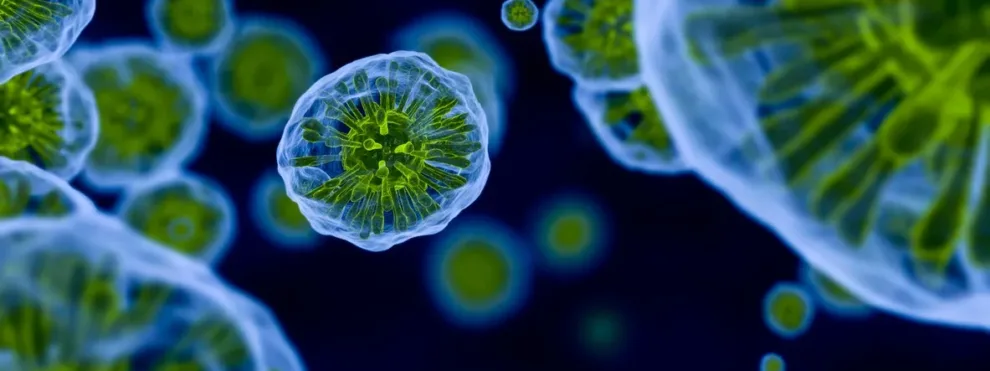The immune system is comprised of a multitude of unique cell subsets. Each cell type, from B and T cells, to macrophages, monocytes and dendritic cells, have been phenotypically subdivided into unique subsets as we learn more about the phenotypic signatures that define these cells. Flow cytometry has been the central tool in evaluating and defining cell subsets, and major advances in immunophenotyping have occurred recently as more parameters can be measured during a single run on newer flow cytometers.
As multiparametric flow cytometry has improved, so have the capabilities of fluorescence activated cell sorting (FACS), during which fluorescently labeled cells are sorted into pure subsets. FACS machines work in a similar manner as flow cytometers, although the major difference is that FACS machines have an output component in which sorted cell populations are collected for further analysis or use in vivo.
FACS is a workhorse in the study of rare cell populations because it enables researchers to collect a large enough sample of purified cells to study and characterized unique and rare cell subsets. The study of rare cell phenotypes is critical to understanding how cell types differentiate, become activated and mature into memory cell subsets[1]. Sorting protocols can be customized to isolate cells using eight or nine parameters (or more), and different cell subsets can be sorted and collected concurrently.
Consider these factors when planning a rare cell sort:
1. Starting Sample:
A major consideration for assuring sorting success is to determine the number of starting cells needed in order to collect a usable number of purified cells. This factor is critical if you need to determine how much blood to collect as a source of PBMCs or how many mice you will need in an experiment if you are isolating cells from spleens or lymph nodes.
2. Staining Protocol:
The FACS staining protocol must include viability dyes to assure that only live cells are analyzed and sorted, and similar to flow cytometry, the fluorescent stains used must be compatible for use on the respective FACS machine.
3. Downstream Applications:
Are your samples to be used in an animal or patient? Or are you doing transcriptional analysis of individual cells? Are you doing a Bulk or single cell sorting experiment? These constraints will dictate the protocol and the type of FACS machine you will need for your sort.
Sorting is a flexible and powerful technique for studying rare cell populations. Consider incorporating this approach into your upcoming research projects.
[1] Breton G, Lee J, Liu K, Nussenzweig MC. Defining human dendritic cell progenitors by multiparametric flow cytometry. Nature protocols. 2015;10(9):1407-1422.

